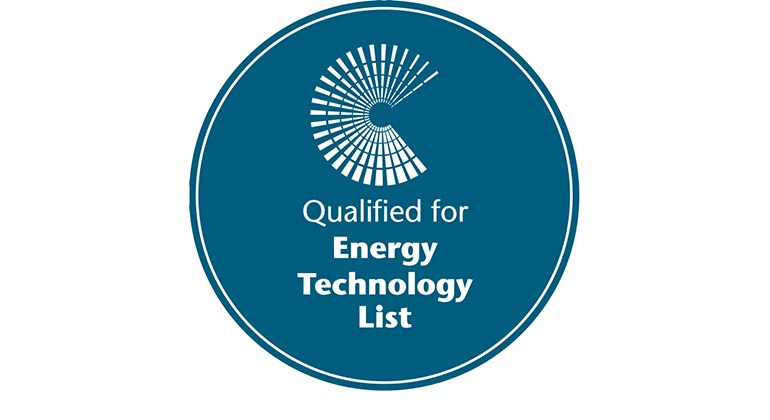by Brianna Crandall — April 4, 2016—Manufacturers’ claims about the expected energy efficiency performance of equipment are not fully trusted by their customers. This was a key finding from research released recently by the Carbon Trust, which reveals that just 5% of professionals with responsibility for procuring energy-consuming equipment for their organizations are very confident in the energy savings claims made by manufacturers, with a quarter (24%) not confident at all.
The Carbon Trust undertook the survey of 135 professionals across the public and private sector, looking at behavior, attitudes and intentions related to the procurement of energy-saving equipment. One in three stated that a lack of credible information about equipment was a significant barrier to improving their organization’s energy efficiency. The research also found that two-thirds of respondents did not fully take into account the whole-life costs of equipment when making purchasing decisions.
Purchasing categories
Lighting is by some distance the most popular purchase, with nine out of ten organizations having invested in it over the past two years and 82% expecting further investment in the next 12 months. Other popular categories for expected upcoming purchases include HVAC equipment (56%), boiler equipment (52%), electric motors and drives (47%) and pipework insulation (45%).
Some categories show notable growth in popularity for intention to purchase in the coming 12 months when compared with results for equipment bought over the past two years. These include combined heat and power systems (16% to 24%), heat pumps (18% to 27%), and solar thermal technology (13% to 17%).
The survey also found that the most significant barriers to improving an organization’s energy efficiency are:
- Making a business case for purchasing energy-efficient equipment (57%);
- Competing organizational priorities (50%);
- Availability of finance (38%);
- Risk of disruption to operations (35%);
- Lack of credible information about products (33%); and
- Finding good-quality suppliers (32%).
Energy Technology List (ETL)

The U.K.’s Energy Technology List (ETL) independently tests and lists products that show top-quartile energy-saving performance.
Another finding was that almost half of respondents (45%) were not aware of the existence of the Energy Technology List (ETL), a U.K. government program managed by the Carbon Trust on behalf of the Department for Energy and Climate Change (DECC), and similar to the U.S. government’s internationally adopted Energy Star program. The ETL independently tests and lists products that show top-quartile energy-saving performance.
According to the Carbon Trust, the ETL is the world’s largest database of its kind, currently covering products across 57 technology categories. Over the lifetime of the ETL, the Carbon Trust has assessed almost 60,000 products against program criteria. Businesses that purchase products that meet ETL criteria may be eligible for Enhanced Capital Allowances, providing accelerated tax relief.
Paul Huggins, an associate director at the Carbon Trust who manages the ETL program, pointed out:
Organizations that want to save money on energy bills and cut carbon emissions should think carefully about the total cost of ownership for equipment. The case for investing in better energy efficiency often seems blindingly obvious, but making good decisions depends on having good-quality, reliable information.
In the last few months the performance gap between manufacturer claims and real-world performance has become a prominent issue. This is why the ETL is such a valuable resource. It provides organizations with a vast database of independently tested energy-saving equipment, where you can be confident of getting products that will deliver top-quartile performance.




